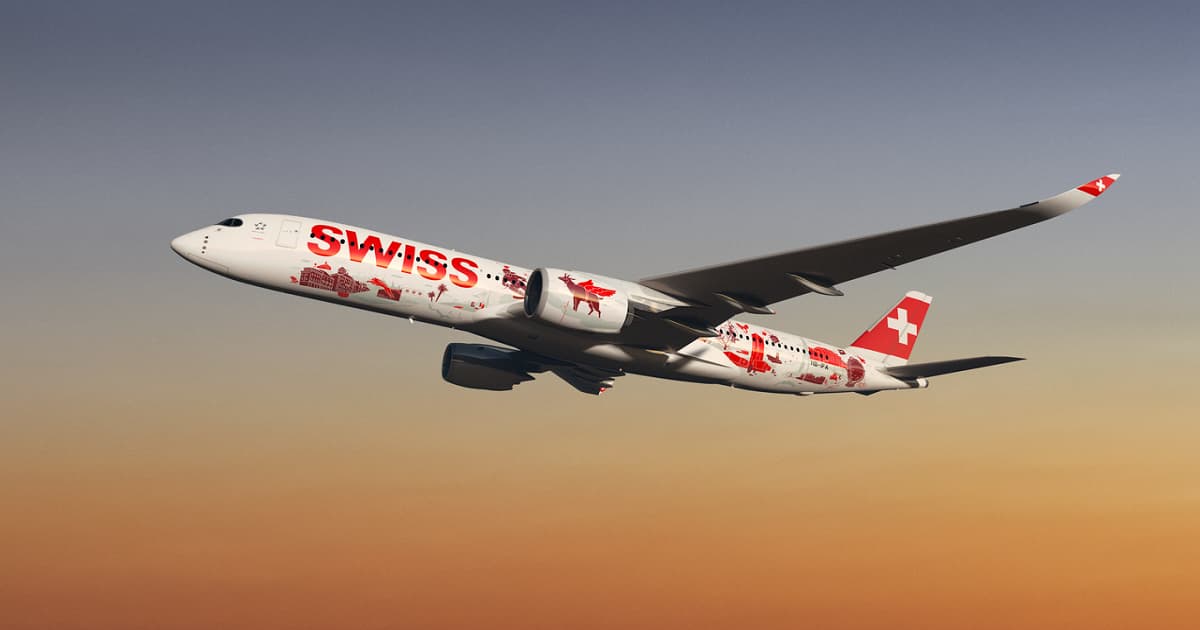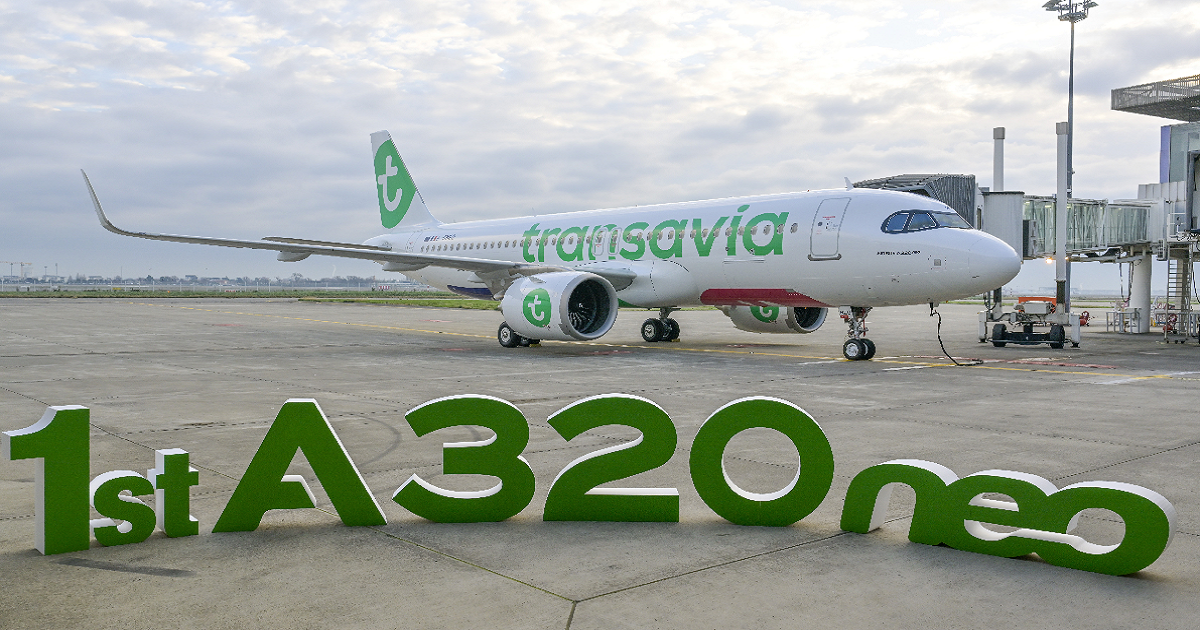SWISS’s first Airbus A350 made its first flight on 25 October 2025 with revenue passengers.
Flight LX2152 flew from Zurich to Palma de Mallorca with 233 passengers.
SWISS will be flying the A350-900 on long-haul routes from its home base in Zurich to destinations like Boston, strengthening the airline’s global network.
The airline only received its first A350 on 09 October.
Between now and 2031, SWISS will gradually expand its fleet to a total of ten Airbus A350-900s.
SWISS is rostering the aircraft on services to and from various European destinations including Prague, Hanover, Düsseldorf, Málaga and Palma de Mallorca over the next few weeks.
During this time, SWISS passengers on these short-haul routes can enjoy the completely new ‘SWISS Senses’ long-haul cabin.
After that, SWISS will use the A350 entirely on longhaul routes.
The first longhaul flight is scheduled for 20 November on the Zurich – Boston route.
Passengers on this flight will also be the first to experience the all-new SWISS Senses cabin in combination with SWISS’s totally renewed long-haul inflight service.
Cabin layout
The SWISS A390s seat up to 242 passengers across four classes
- 3 First in a single row
- 45 Business, in a more or less 1-2-1 layout
- 38 Premium Economy, across 8 rows in a 2-2-2 layout
- 156 Economy, across 16 rows in a 3-3-3 layout
Cabin features
First Class
3 suites right at the front with features such as sliding doors, a 2m long bed, and 4K OLED screens. The central suite can form a “First Grand Suite”.
Business Class
45 seats in a 1-2-1 configuration, just behind First, offering lie-flat beds up to 2.2m long and 17.3-inch 4K OLED displays. Some seats are designated as “Business Suites” with sliding doors and additional workspace.
Premium Economy
38 seats in a 2-3-2 layout with a hard-shell design that allows for reclining without affecting the seat behind. Each seat has a 15.6-inch 4K screen and a footrest.
Economy Class
The 156 seats in a 3-3-3 layout are at the back of the aircraft. Each seat has a 13.3-inch 4K OLED screen, Bluetooth connectivity, USB-A and USB-C ports, and an adjustable headrest.
WCs
A total of 8 WCs:
- one in First Class, at the front
- two in Business at the back of the cabin
- four in Premium Economy, at the back of the cabin
- one in Economy, at the back of the cabin
I wouldn’t fly Economy on this. One WC for 156 passengers on a 12 hour flight is bad.
LH also has 8 WCs for a similar layout.
BA has 10 WCs, including 3 at the back of Economy.
Emirates has 8, with 5 for 259 Economy passengers. So about 50 passengers for each.
A new era of SWISS air travel
Oliver Buchhofer, SWISS Chief Operating Officer:
“This first revenue passenger flight of our new Airbus A350 is the result of many months of hard behind-the-scenes work. Introducing a new aircraft type is always a major undertaking, in technical, operational and commercial terms. Our people both on the ground and in the air have performed painstaking preparations to make this moment happen. And our first A350 passenger flight today is a credit to everyone who works day in, day out to ensure that we maintain safe and reliable flight operations.”
“We are currently investing some CHF 1 billion every year in offering our customers the kind of air travel that we want SWISS to embody and provide: a premium experience with extensive privacy and a typically Swiss warm and friendly service,” adds SWISS Chief Financial Officer Dennis Weber. “Our new Airbus A350 is the most visible evidence of all these investments. Our advanced new twinjet will set new benchmarks in the way our customers fly with us – more comfortably, more efficiently and more sustainably than ever before.”
The Airbus A350
The A350 uses new generation engines and lightweight materials to bring a 25 per cent advantage in fuel burn, operating costs and carbon dioxide (CO₂) emissions, compared to previous generation models.
It’s also twice as quiet as its predecessors.
The A350-900 is equipped with a comfortable and spacious Airspace cabin, wide seats, high ceilings and alluring ambient lighting.
As with all Airbus aircraft, the A350 aircraft is already able to operate with up to 50% Sustainable Aviation Fuel (SAF). Airbus is targeting to have its aircraft up to 100% SAF capable by 2030.
At the end of September 2025, the A350 had won over 1,400 orders from 63 customers worldwide.







